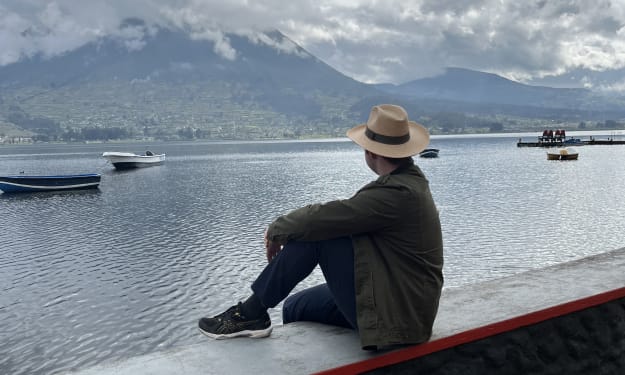ARCTICA
The 500-year-old map that could Rewrite Human History

Today, let's delve into the intriguing mystery surrounding the Piri Reis map—an enigmatic artifact among several anomalous maps drawn prior to the sixteenth century. Some suggest this map holds astonishing details about the Earth's continents, surpassing the knowledge of that era. It's even been speculated that the geographical data on this map might originate from an ancient, technologically advanced civilization lost to history.
Certainly! One of the most intriguing artifacts that could potentially reshape our understanding of human history is the Piri Reis map, dating back 500 years. Crafted in 1513 by Ottoman-Turkish cartographer Piri Reis, this map has sparked intense debates and curiosity among historians, scientists, and enthusiasts due to its remarkable details and the questions it raises about the knowledge of ancient civilizations.
The discovery of the Piri Reis map dates back to October 9th, 1929, when a German theologian named Gustav Adolf Deissmann stumbled upon it in the Topkapi Palace Library in Istanbul. This parchment, drawn and signed by Turkish cartographer Piri Reis (Ahmed Muhiddin Piri), showcased a map dating to 1513 CE. Piri Reis, a seasoned sailor and Turkish Navy admiral, claimed to have used around 20 source maps, including those by Ptolemy, Portuguese, Arabic, and even Christopher Columbus, in creating this map.
Beyond its historical significance, the Piri Reis map sparked controversy due to allegedly containing information unknown to Europeans of the 16th century. Some even speculated it as evidence of ancient technological civilizations or extraterrestrial encounters. Consequently, the map has ignited debates in academic and non-academic circles, focusing on its source materials and the extraordinary accuracy of coastal outlines.
Dr. Charles Hapgood fueled the extensive debate in his 1966 book 'Maps of the Ancient Sea Kings.' Hapgood, a Harvard-educated historian, and his team examined the map, discovering anomalies, notably the depiction of the Antarctic coastline centuries before its supposed discovery. Captain Lorenzo W. Burroughs of the US Air Force also corroborated, suggesting the map accurately depicted Antarctica's coastline beneath the ice.
Hapgood proposed that the Piri Reis map might have roots predating 4000 BCE, hinting at an advanced civilization's existence capable of mapping Antarctica 6000 years ago. He speculated this civilization possessed aerial and nautical capabilities, navigating global coastlines with unmatched precision.
However, while Hapgood and his supporters championed the map's evidence of advanced ancient knowledge, mainstream scientists contested such notions. They refuted the idea of mythical or extraterrestrial influences, asserting the map's accuracy might be a result of extensive naval intelligence gathering and cartography.
Critics suggested the map might portray the South American coastline based on contemporary physical features. Others argued it might represent an imagined southern continent—a concept discussed since ancient times. The interpretation of the map's depiction remains contentious—whether it's an accurate representation of Antarctica or a mistaken portrayal of South America.
Ultimately, the Piri Reis map stands as a testament to the precision of ancient cartography, inviting speculation about the existence of advanced civilizations from millennia ago. It raises compelling questions about our understanding of history and the possibility of lost knowledge from antiquity.
What do you believe? Is the map an ancient depiction of Antarctica, a misconception, or an imaginative portrayal of an unknown southern landmass? The mysteries surrounding this map persist, leaving us to ponder the enigmatic possibilities of our ancient past.
In essence, the Piri Reis map remains an enigmatic artifact that challenges conventional beliefs about ancient cartography and human history, leaving a tantalizing mystery waiting to be unraveled and redefining our perception of the past. Could ancient human civilizations have thrived tens of thousands or even millions of years ago? It's a question worth considering amidst the mysteries of our past.
About the Creator
Purity Isaboke
Writing is my passion. When I write I feel like I connect to people in more ways than one.
Enjoyed the story? Support the Creator.
Subscribe for free to receive all their stories in your feed. You could also pledge your support or give them a one-off tip, letting them know you appreciate their work.





Comments
There are no comments for this story
Be the first to respond and start the conversation.